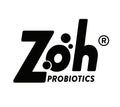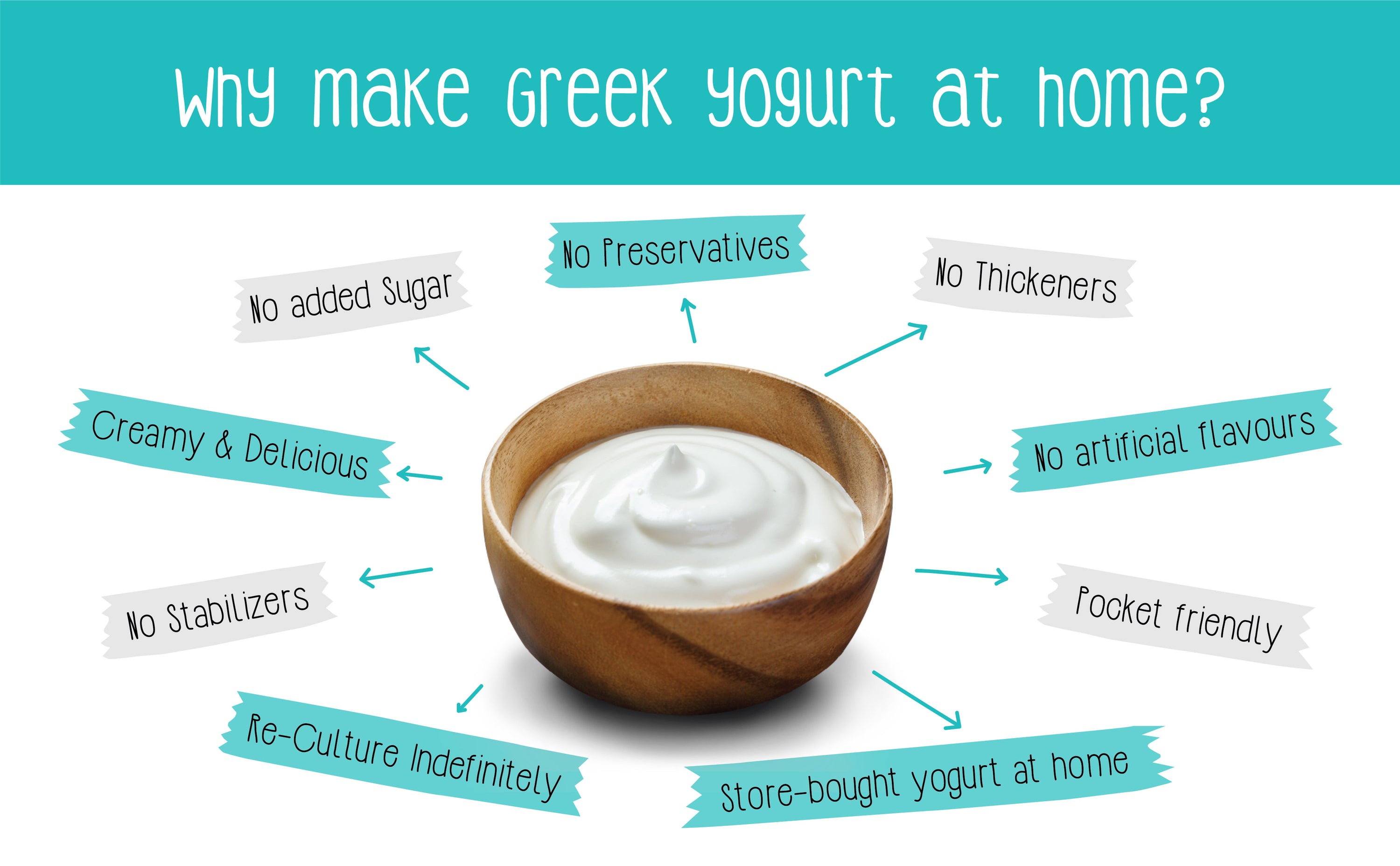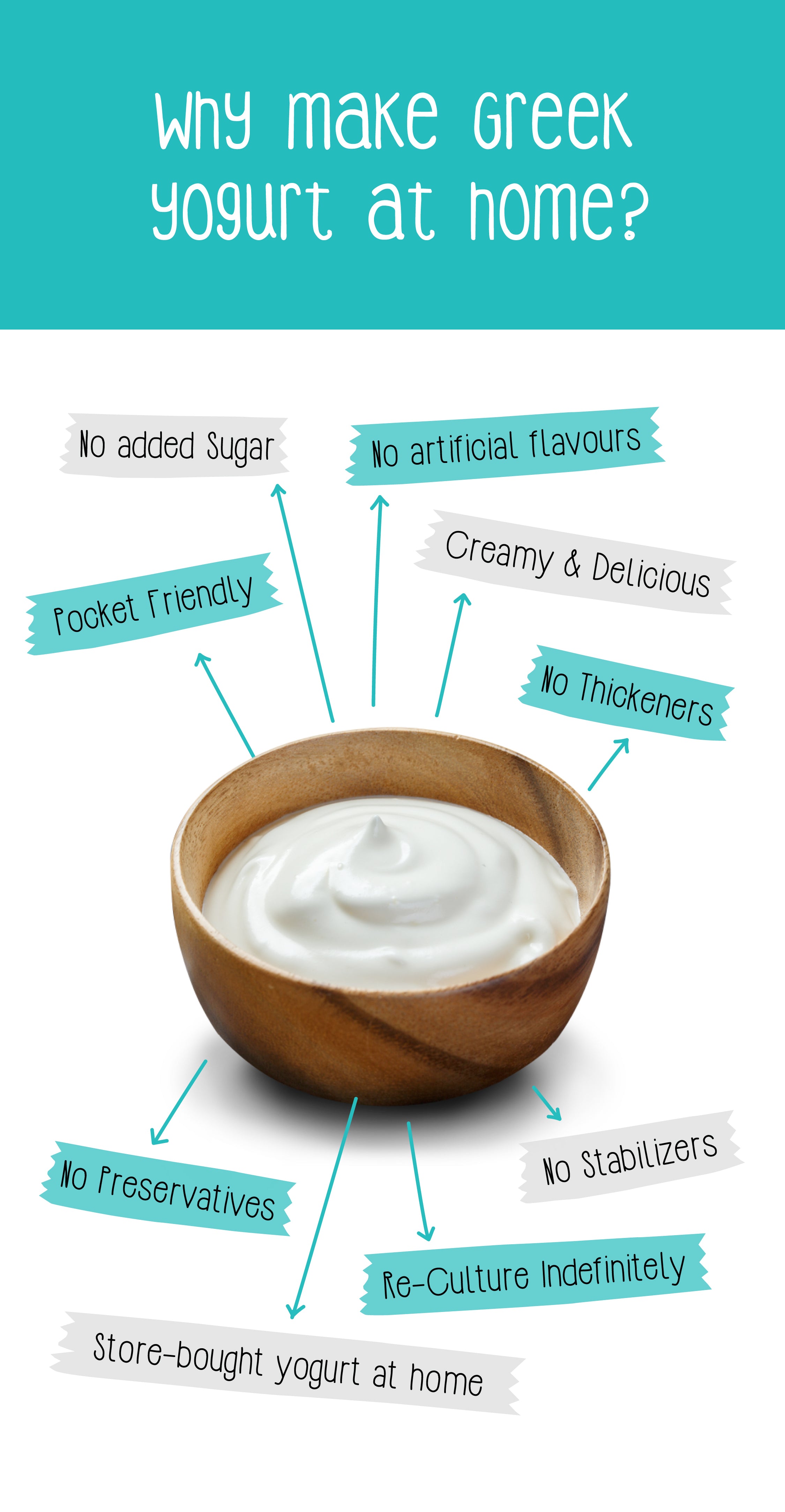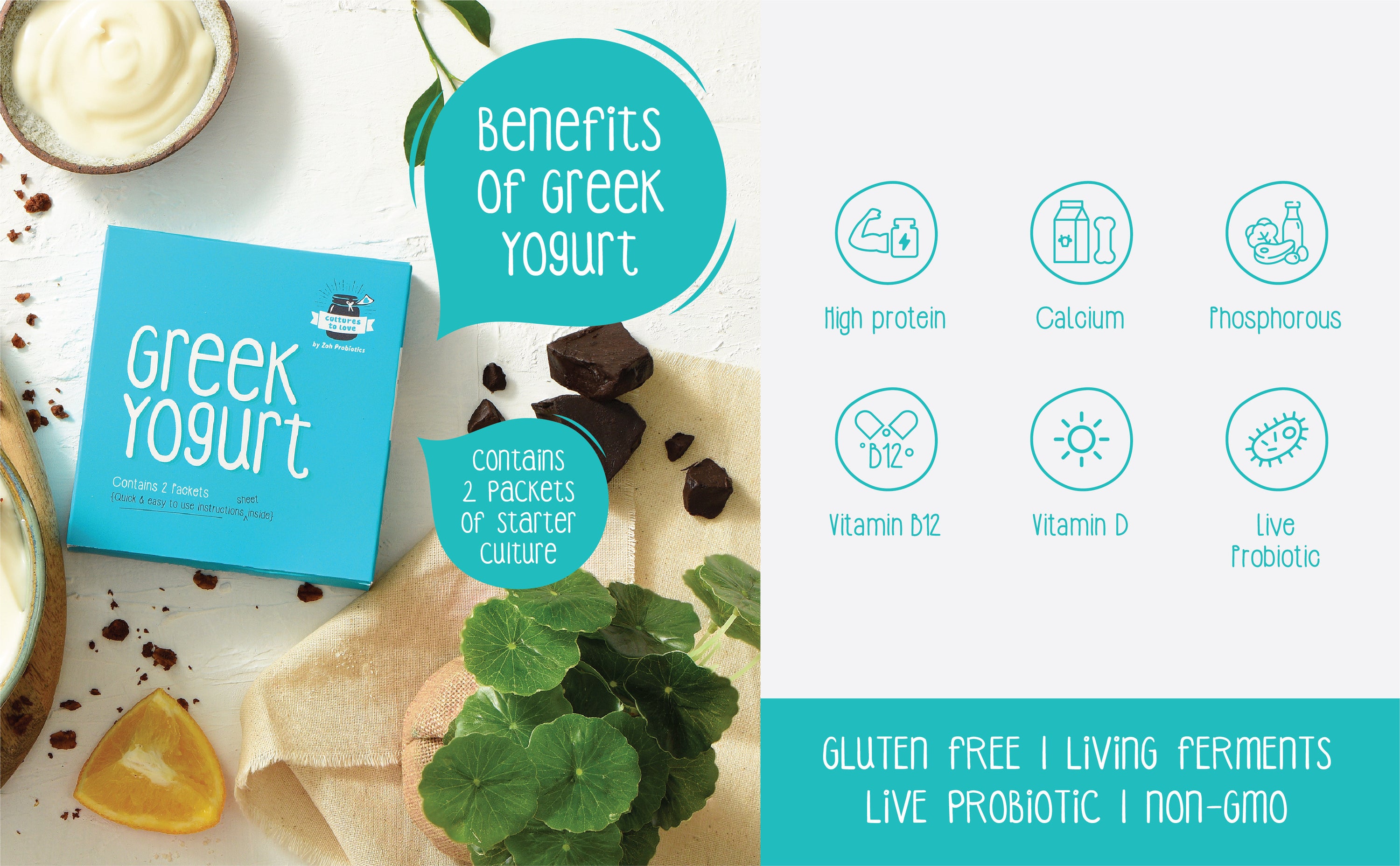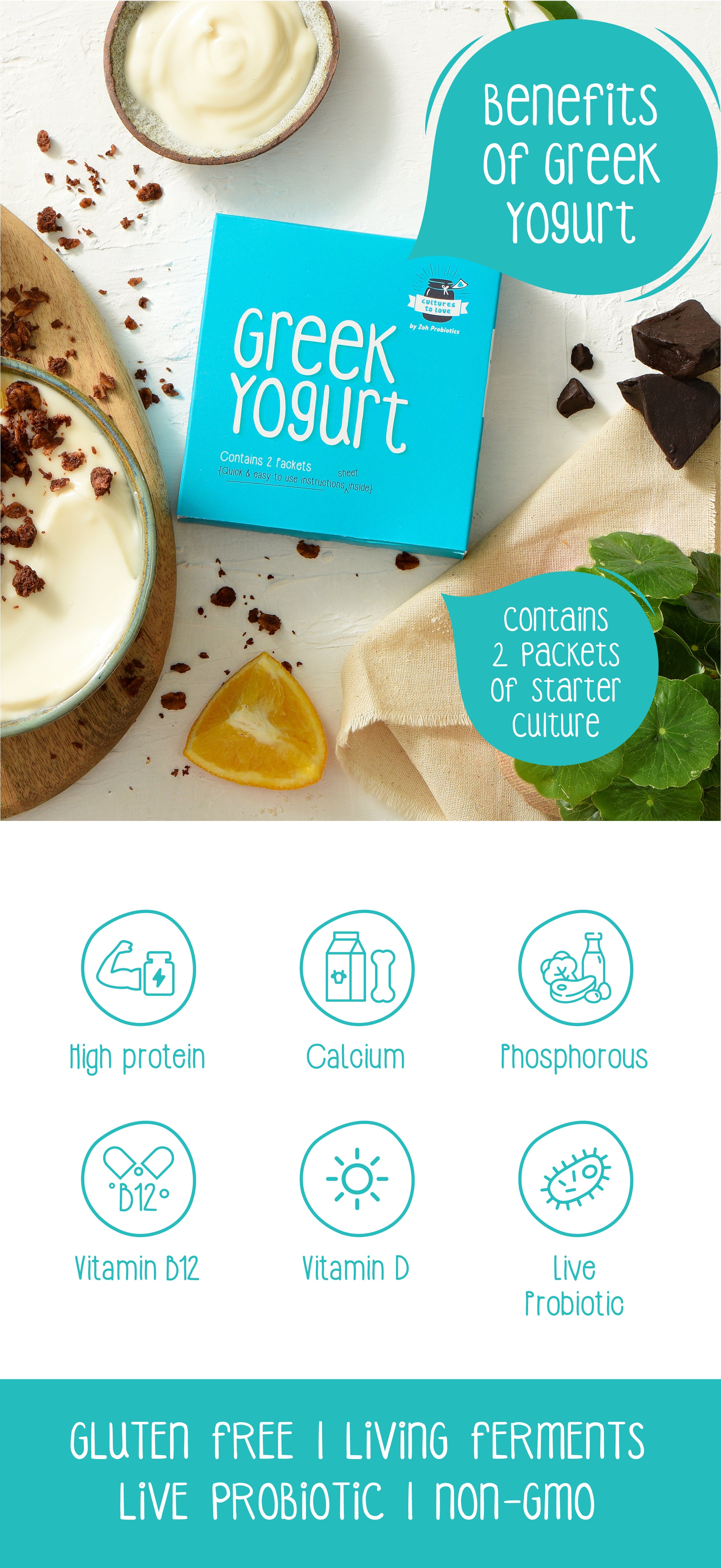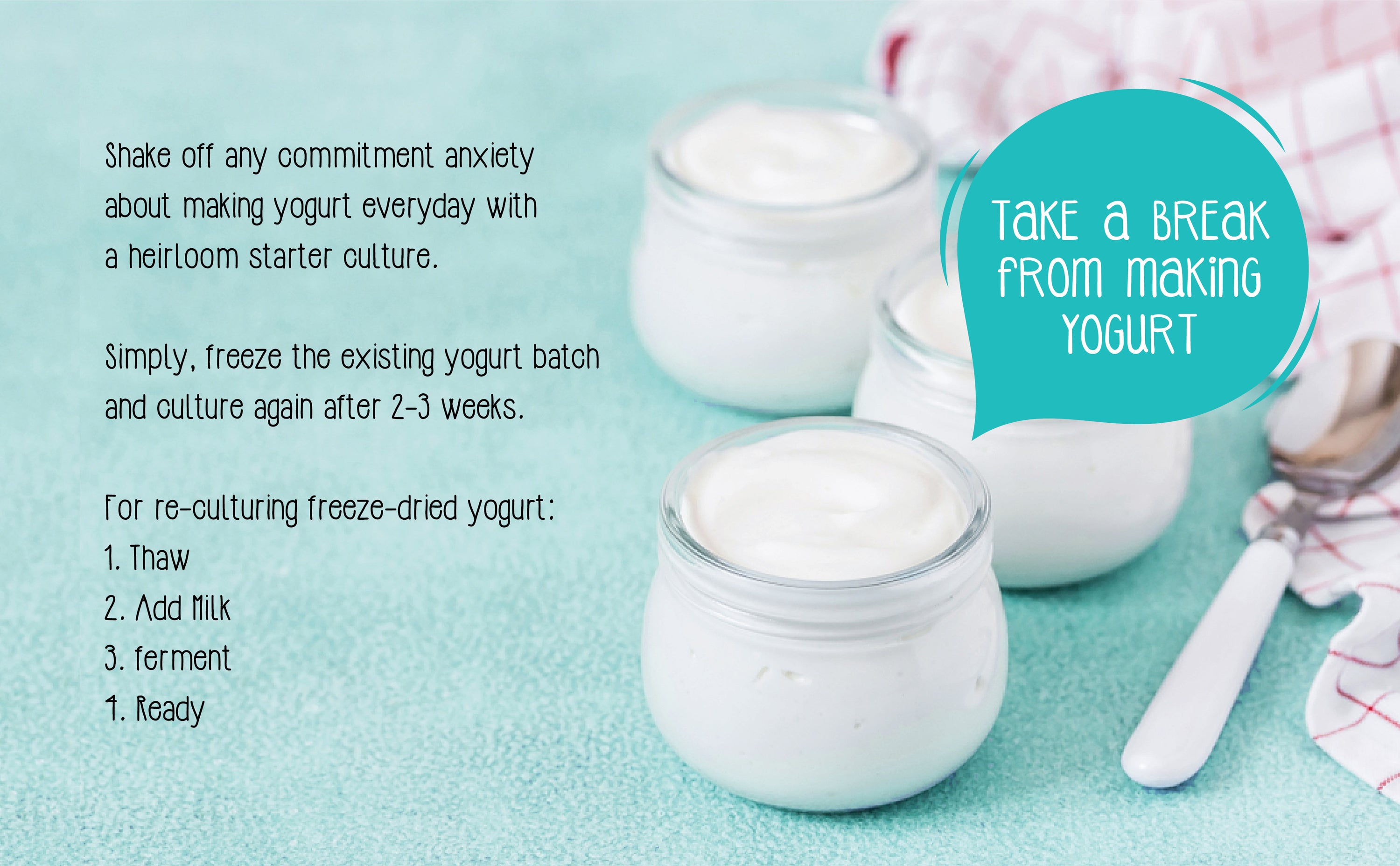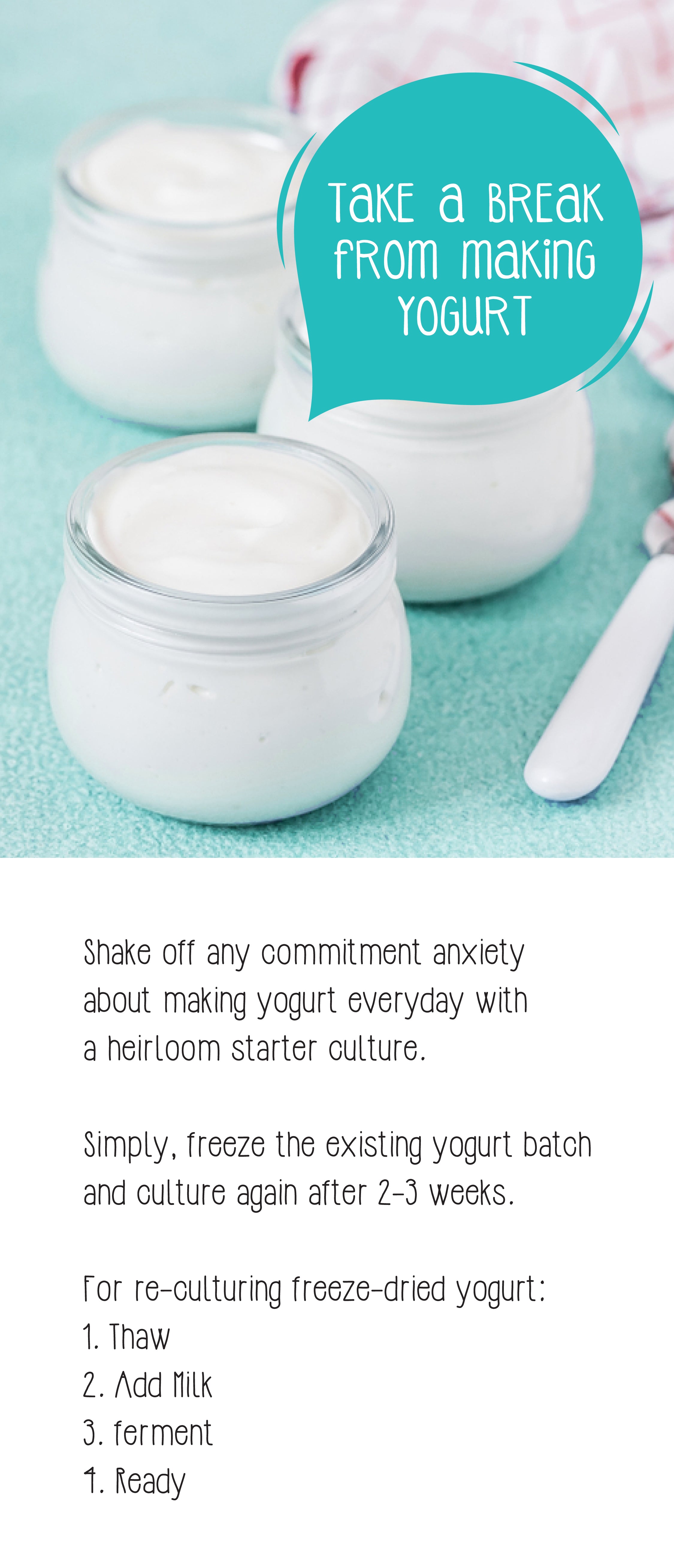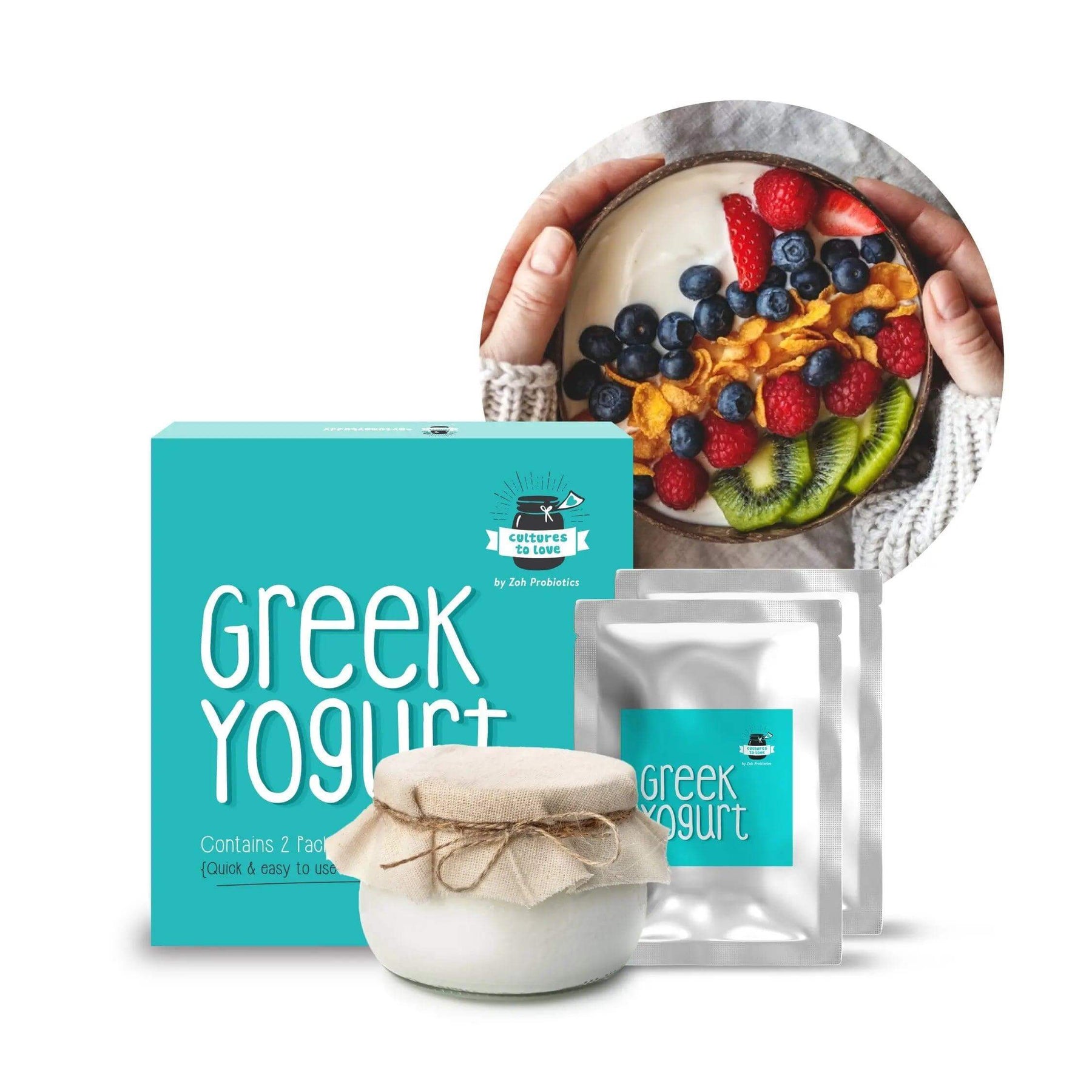
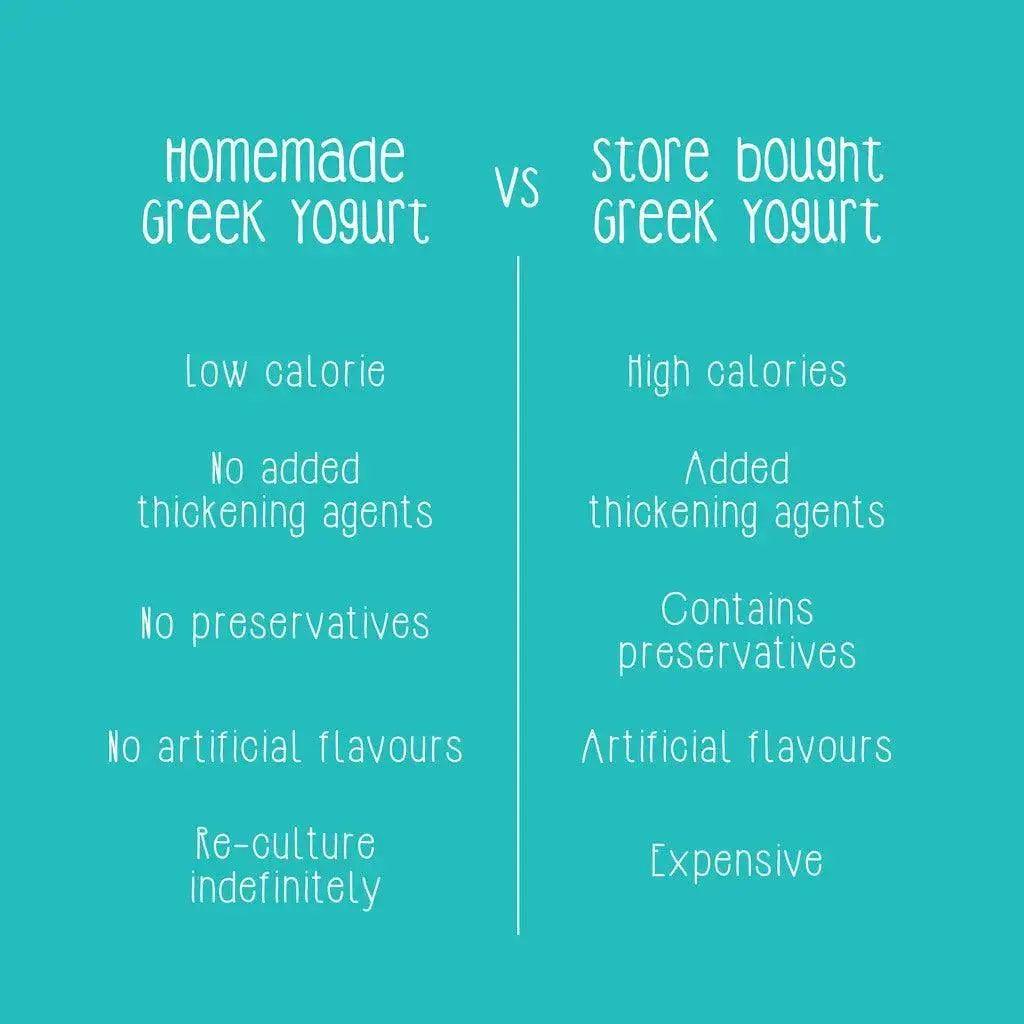

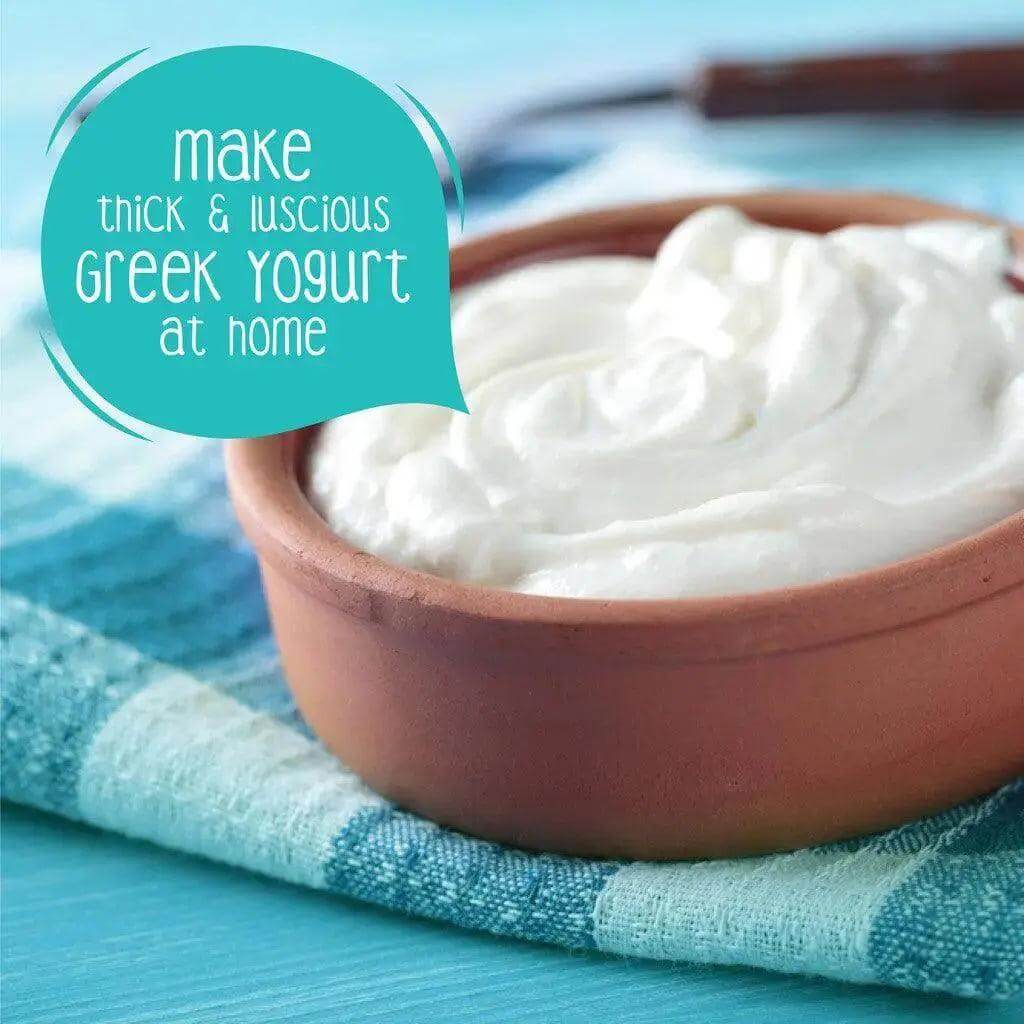
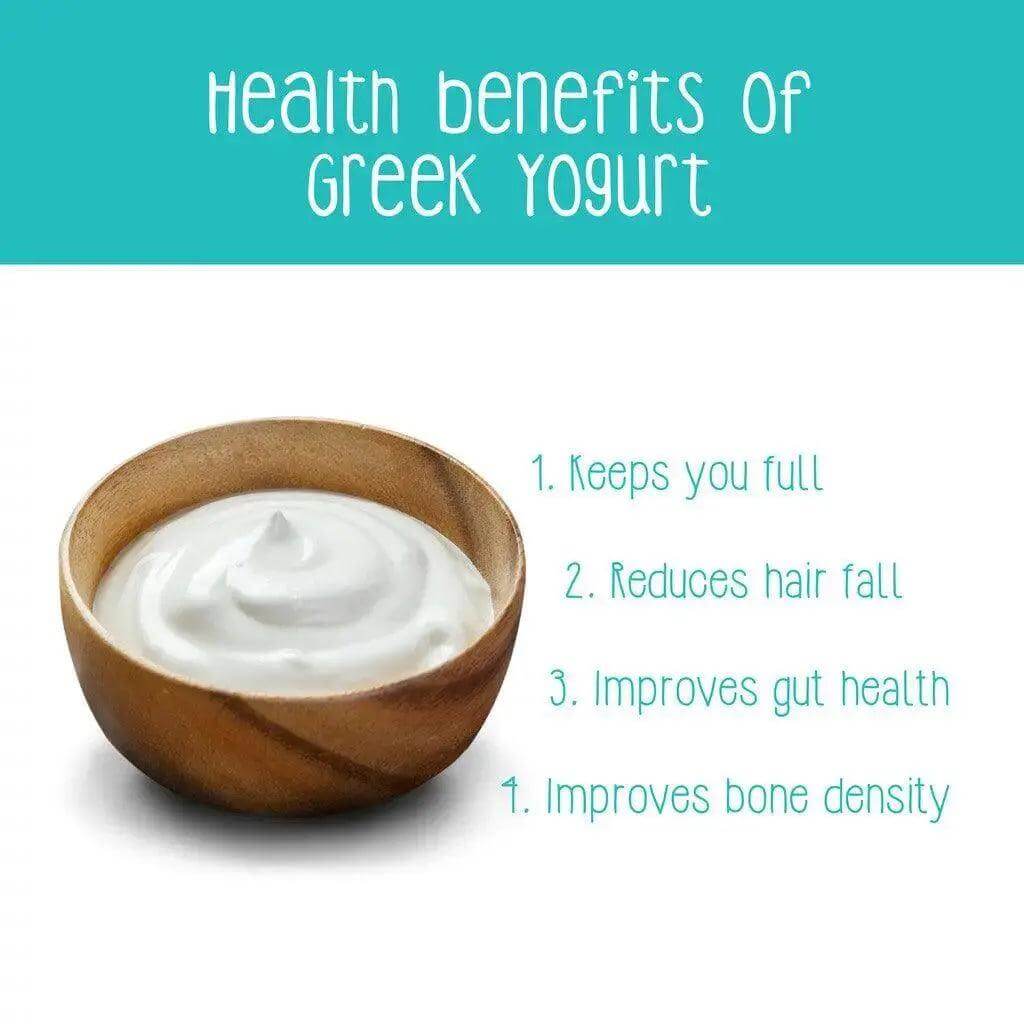
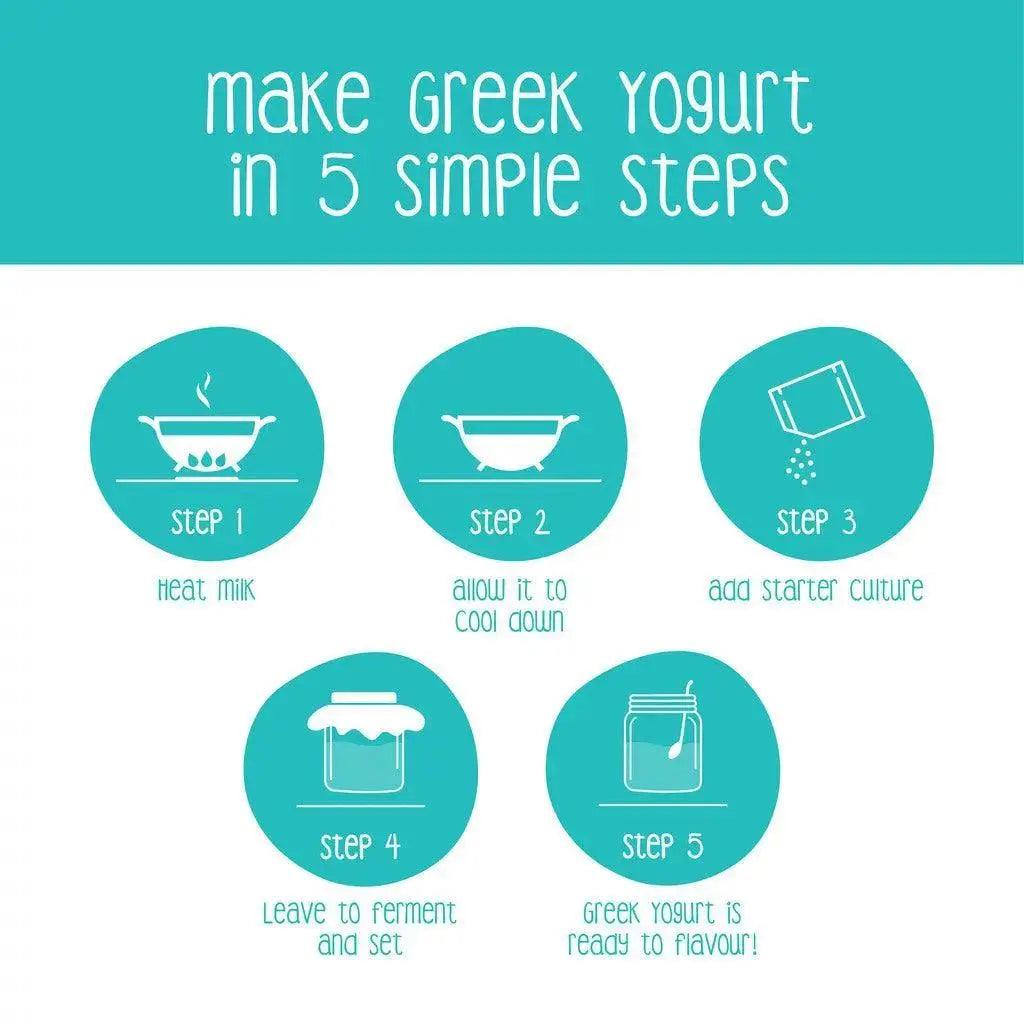

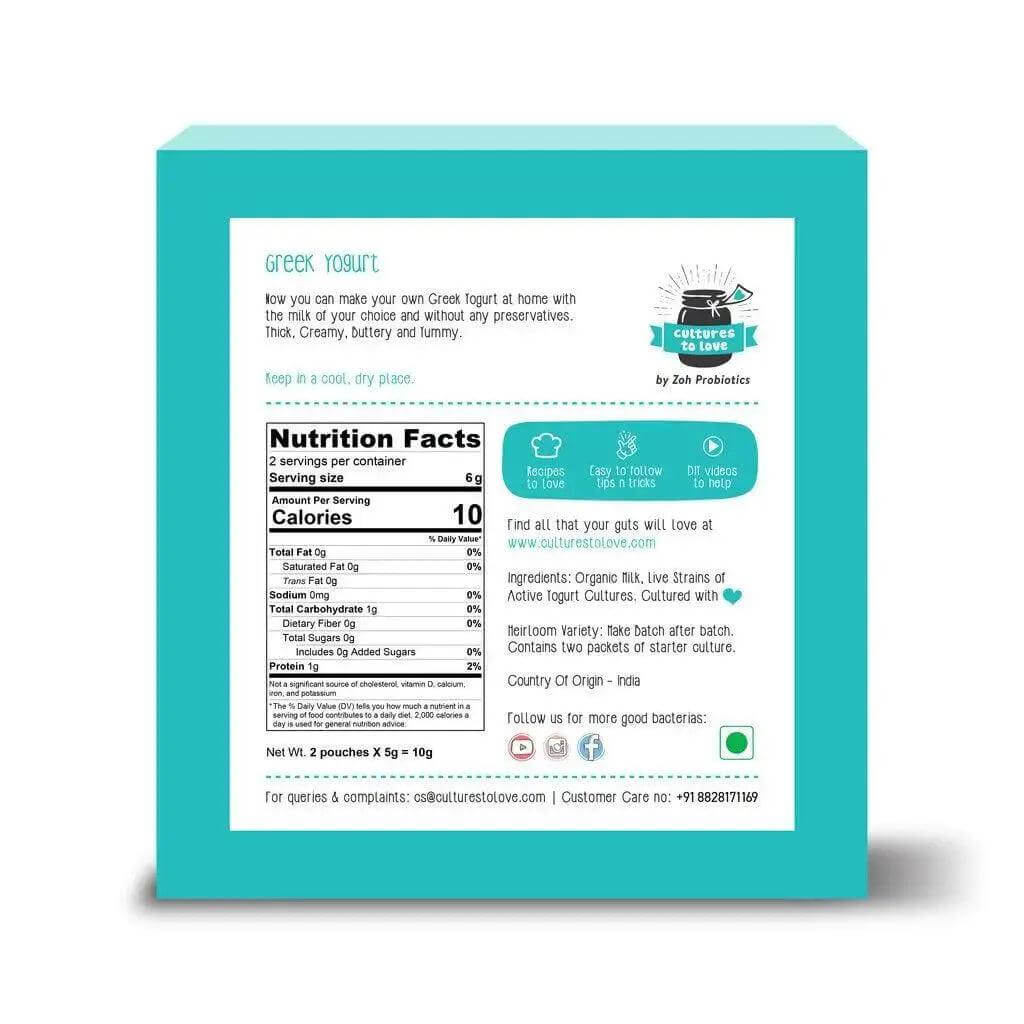
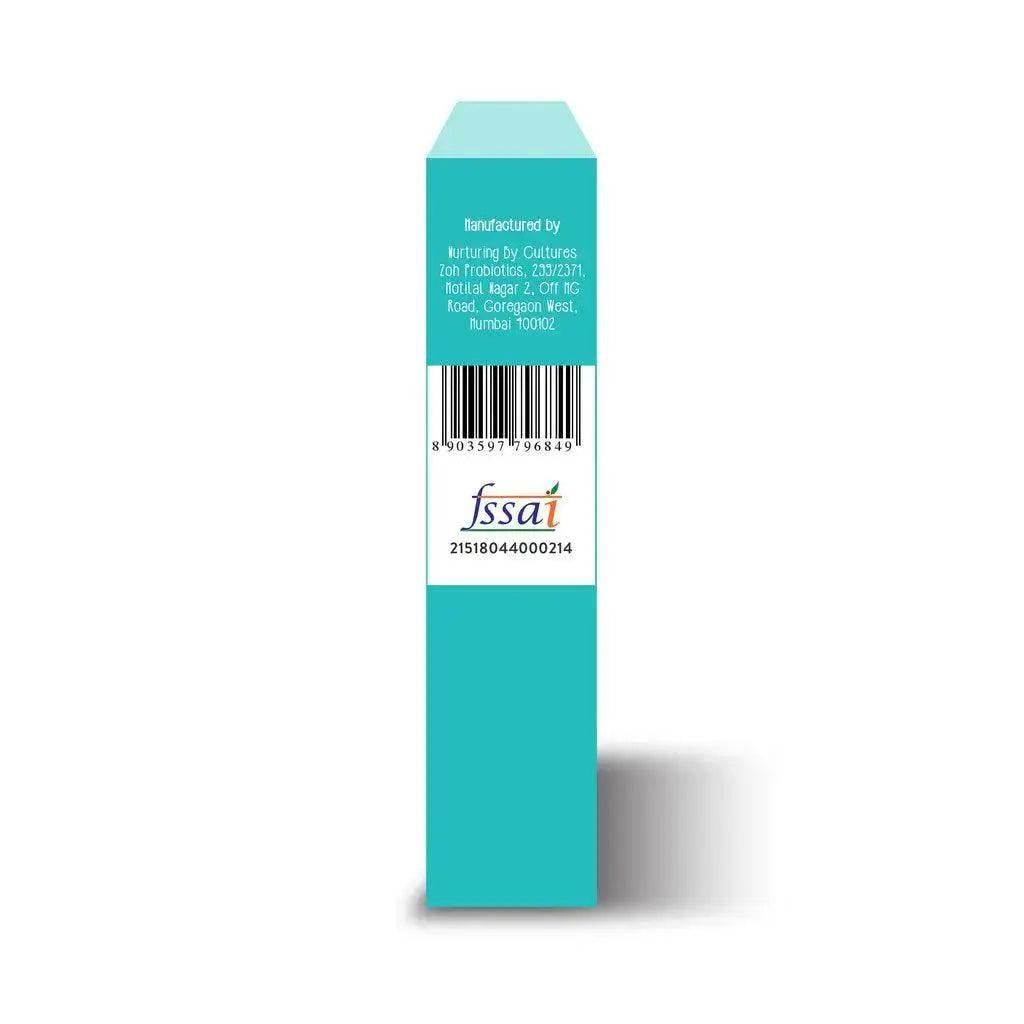
Authentic Healthy Homemade Greek Yogurt Starter Culture | Zoh Probiotics
Quantity:
Effortlessly Make Delicious, Probiotic-Rich Greek Yogurt at Home
- 🥄 Delicious Homemade Greek Yogurt: Indulge in the thick, creamy, and mild-tasting Greek yogurt right at home. Rich in protein and brimming with healthy probiotics, our starter culture lets you whip up your own delightful treat without any added sugar or preservatives.
- 🥛 Versatile and Personalized: Whether you're a fan of A2, cow, buffalo, goat, or nut mylks, our Greek yogurt starter has got you covered. Tailor your yogurt to your taste buds and dietary needs with ease.
- 💪 Probiotic Powerhouse: Each spoonful of our Greek yogurt is teeming with gut-healing probiotics. Boost your digestion and immunity while indulging in a nutrient-packed homemade delicacy.
- 📋 Effortless Yogurt Making: With our clear-cut instructions, crafting your own Greek yogurt becomes a breeze. First batch sets in 16-24 hrs, and subsequent batches within 4-10 hrs. Plus, our dedicated customer support is always ready to help.
- ♻️ Reusable Culture: Our Greek yogurt starter isn't just a one-time use. With proper care, it can be reused indefinitely - just 2 tbsp from the previous batch is enough to culture a new batch.
- 🧪 Lab-Tested & Safe: Our starter culture is rigorously tested for pathogens, ensuring a high-quality and safe product. It's gluten-free and non-GMO for a worry-free yogurt making experience.
- 🇬🇷 Authentic Greek Taste: Treat your palate to the legendary taste of traditional Greek yogurt. It's creamy texture and tangy flavor is perfect for enjoying alone or in various recipes.
- 🎯 Beginner-Friendly: New to yogurt-making? No worries. Our Greek yogurt starter is easy to use, allowing beginners to successfully make their own homemade yogurt.
- 🌿 Nutrient-Rich Snack: Known for its high protein content, Greek yogurt is a nutritious choice for those seeking a high-protein snack or breakfast option.
- 💰 Cost-Effective: With our Greek yogurt starter, your pocket will thank you. The 2 small sachets last a lifetime, providing the flexibility to make protein-rich Greek yogurt with your preferred milk type.
Clearing the Clutter
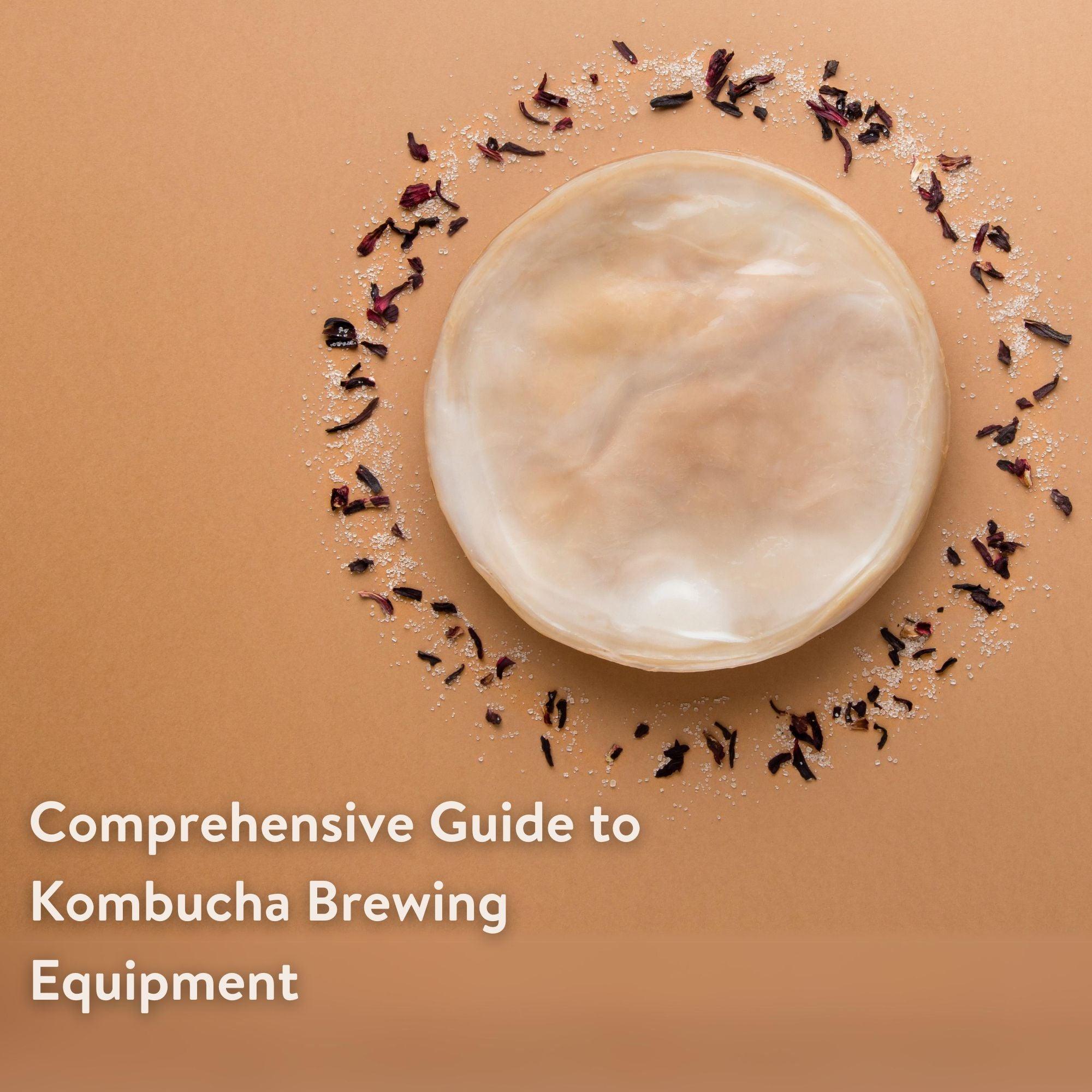
Comprehensive Guide to Kombucha Brewing Equipment
Embark on a journey to master the craft of home-brewed kombucha. This guide is designed to help both beginners and experienced brewers understand the nuances of creating this probiotic-rich bevera...
The Benefits of Brewing Kombucha with a Live SCOBY
Brewing your own kombucha with a live SCOBY can be a fun and rewarding experience. Not only does it result in a delicious and unique-tasting beverage, but it also offers many health benefits. In th...

Role of fermented foods beyond preservation
The traditional way of natural preservation, fermentation has a mammoth hold on the overall well being of a human body.
Yogurt in 4 Steps
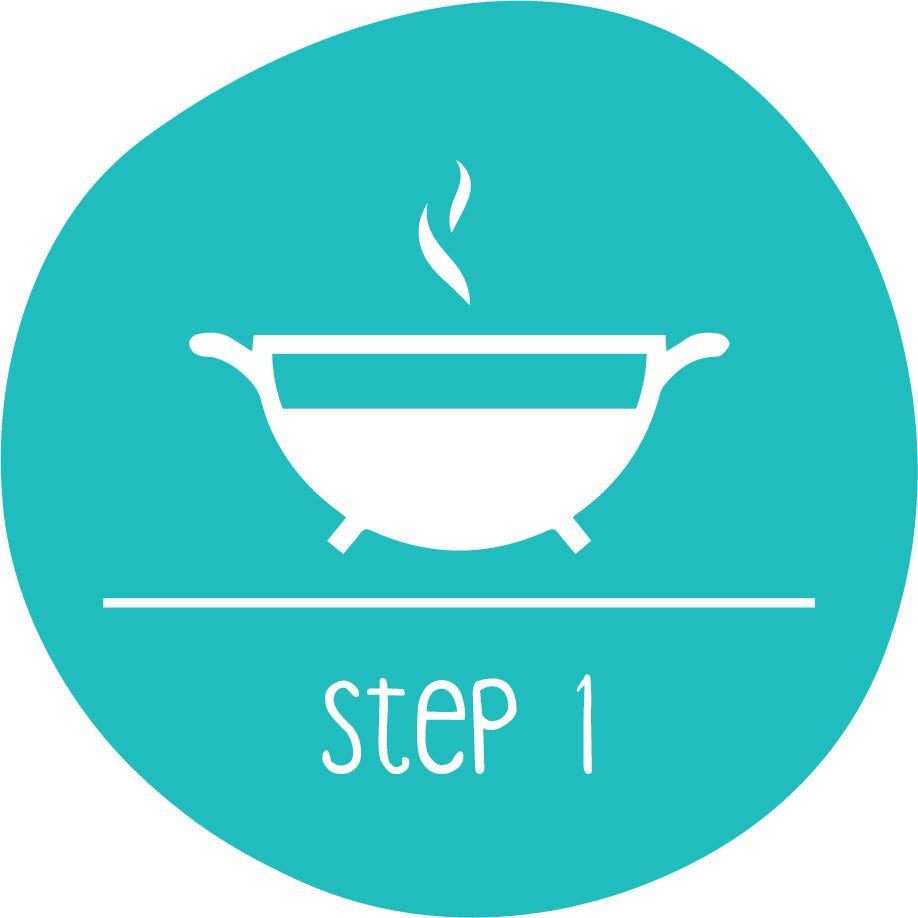
Prep Milk
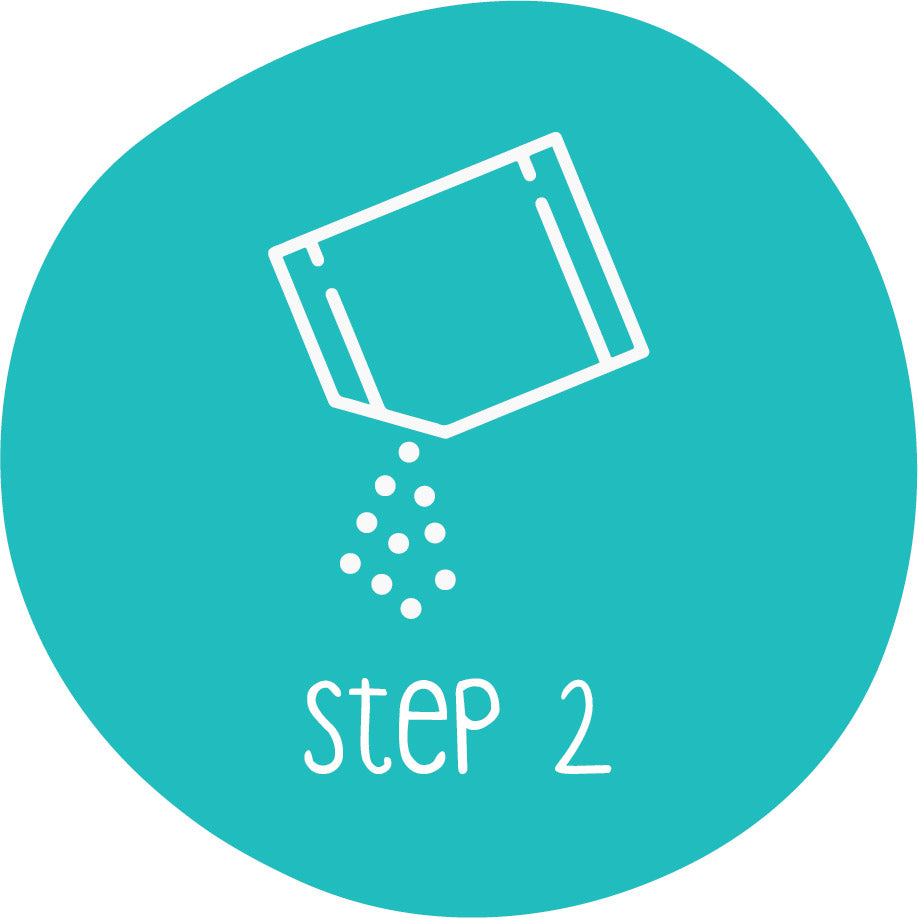
Add Starter Culture
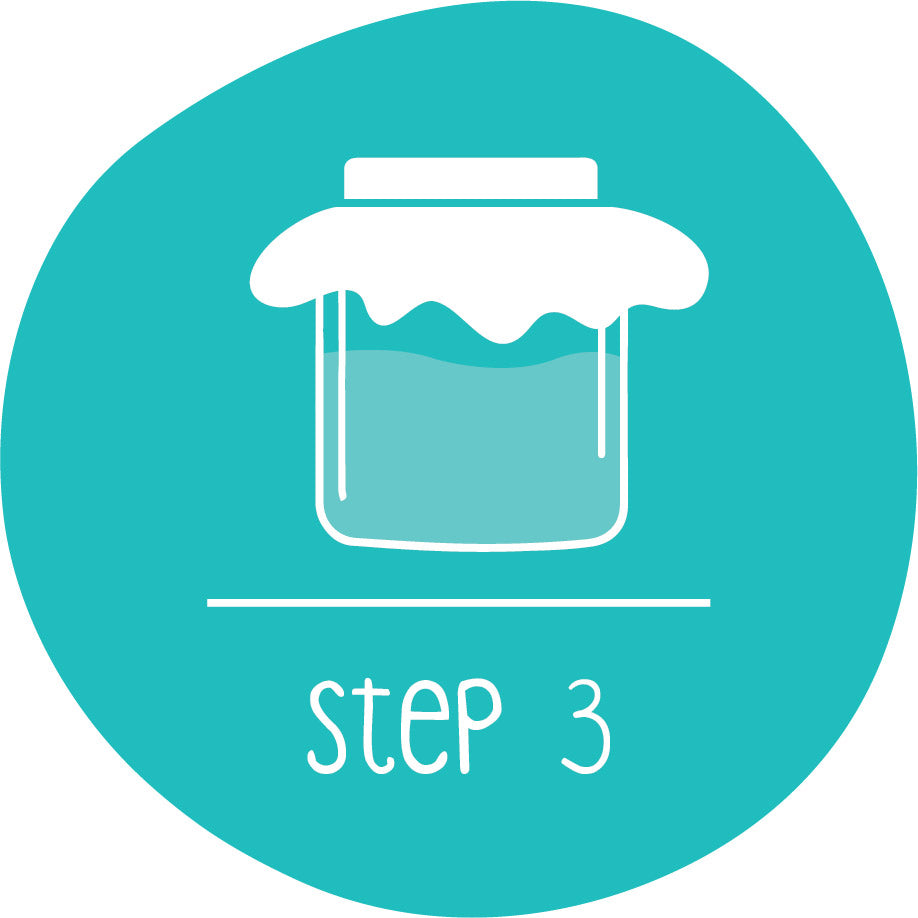
Ferment

Re-Culturing
FAQ
Know your Ferments
Know your Facts
Do I need any special equipment to make Greek yogurt at home?
